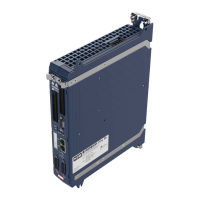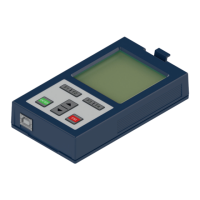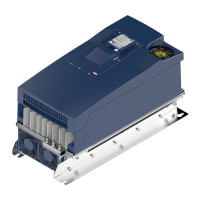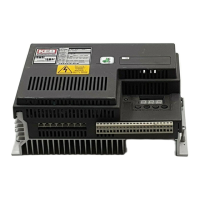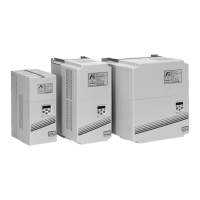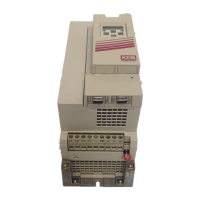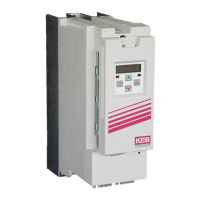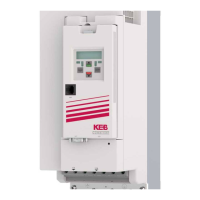GB - 45
Annex
Supply of temper coolant
This is possible by using heatings in the cooling circuit for the control of the coolant temper-
ature. The following dew point table is available for this:
Coolant inlet temperature [°C] is depending on ambient temperature and air humidity
Air humidity [%]
Surrounding
temperature [°C]
10 20 30 40 50 60 70 80 90 100
-25
-45 -40 -36 -34 -32 -30 -29 -27 -26 -25
-20
-42 -36 -32 -29 -27 -25 -24 -22 -21 -20
-15
-37 -31 -27 -24 -22 -20 -18 -16 -15 -15
-10
-34 -26 -22 -19 -17 -15 -13 -11 -11 -10
-5
-29 -22 -18 -15 -13 -11 -8 -7 -6 -5
0
-26 -19 -14 -11 -8 -6 -4 -3 -2 0
5
-23 -15 -11 -7 -5 -2 0 2 3 5
10
-19 -11 -7 -3 0 1 4 6 8 9
15
-18 -7 -3 1 4 7 9 11 13 15
20
-12 -4 1 5 9 12 14 16 18 20
25
-8 0 5 10 13 16 19 21 23 25
30
-6 3 10 14 18 21 24 26 28 30
35
-2 8 14 18 22 25 28 31 33 35
40
1 11 18 22 27 31 33 36 38 40
45
4 15 22 27 32 36 38 41 43 45
50
8 19 28 32 36 40 43 45 48 50
Temperature control
The cooling system can be connected by means of pneumatic or magnetic valves. A relay is
frontend. In order to avoid pressure surges, the valves for the temperature control must be
insertedintheowlineofthecoolingcircuit.Allusualvalvescanbeused.Payattentionthat
thevalvesarefaultlessanddonotclamp.Monitoringofthesystemispossiblewithaow
monitor.
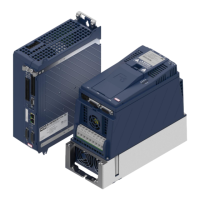
